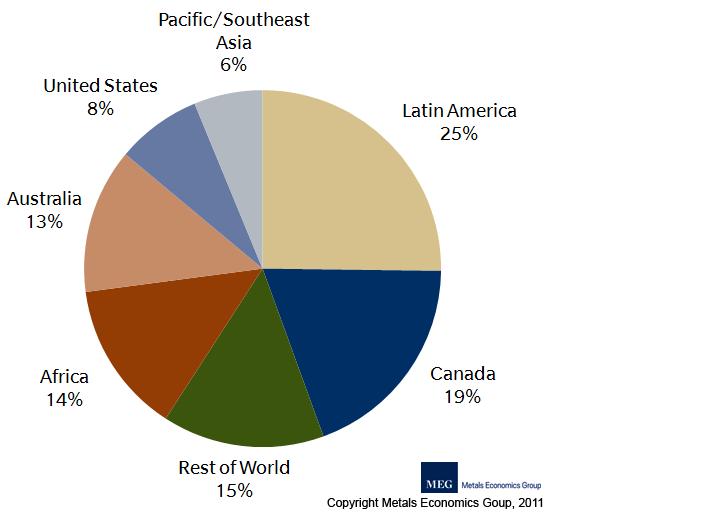Russell Noble is the editor for the Canadian Mining Journal, Canada’s first mining publication. This column is from the February/March 2011 issue. rnoble@canadianminingjournal.com
Most industry associations aren’t worth a damn and that unfortunately holds true for many of those involved with mining here in Canada. They’re good at collecting dues and putting on Annual Meetings for their fraternity but aside from those events, little is done throughout the year for the good of their members at large and, more importantly, the industry they serve and represent.
To support my opinion, when was the last time you heard of any association affiliated with mining make headlines beyond their own Newsletter telling about all the good they are doing on behalf of the mining industry as a whole?
Sure we hear about meetings with various government officials or other regional dignitaries where “position papers” are given on the price of electricity or the importance of water, air and the rest of the environment, but what about concerns on a broader, national scale involving mining people and the growing scarcity of them?
What are the “mining associations” doing to address this problem?























